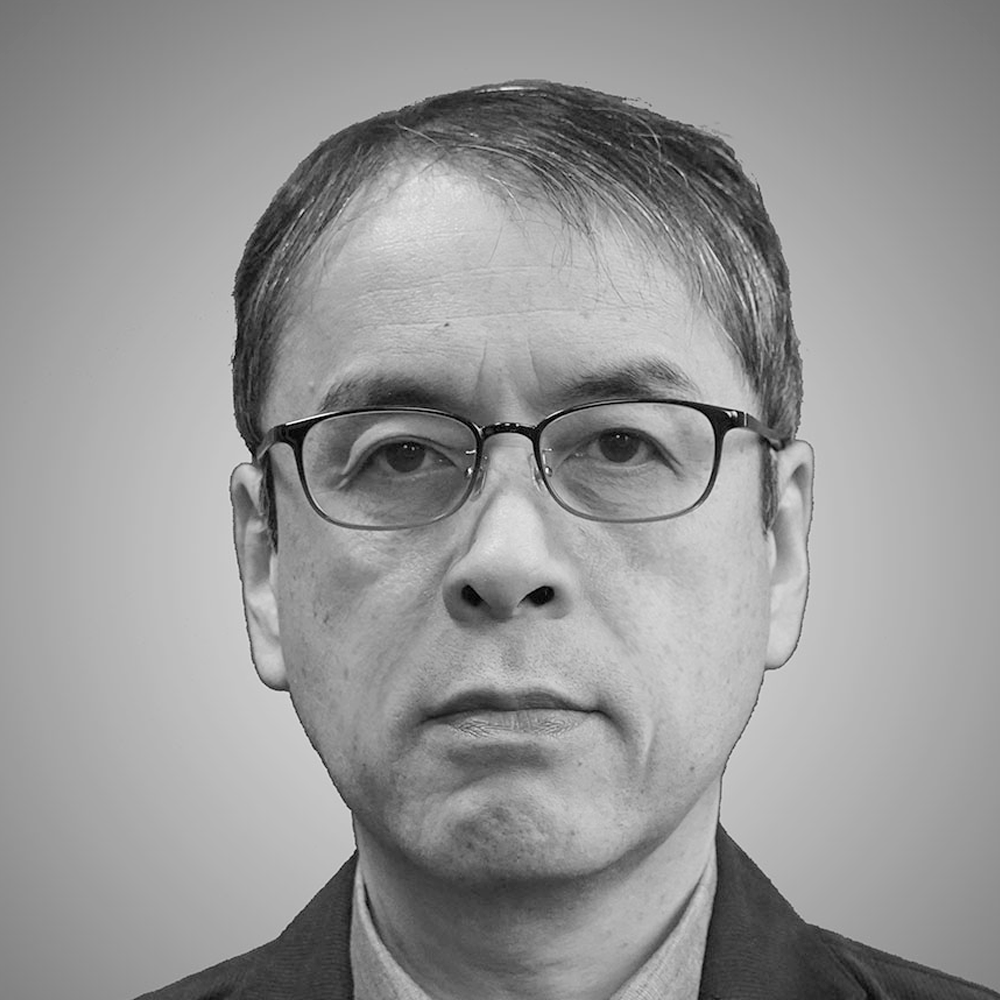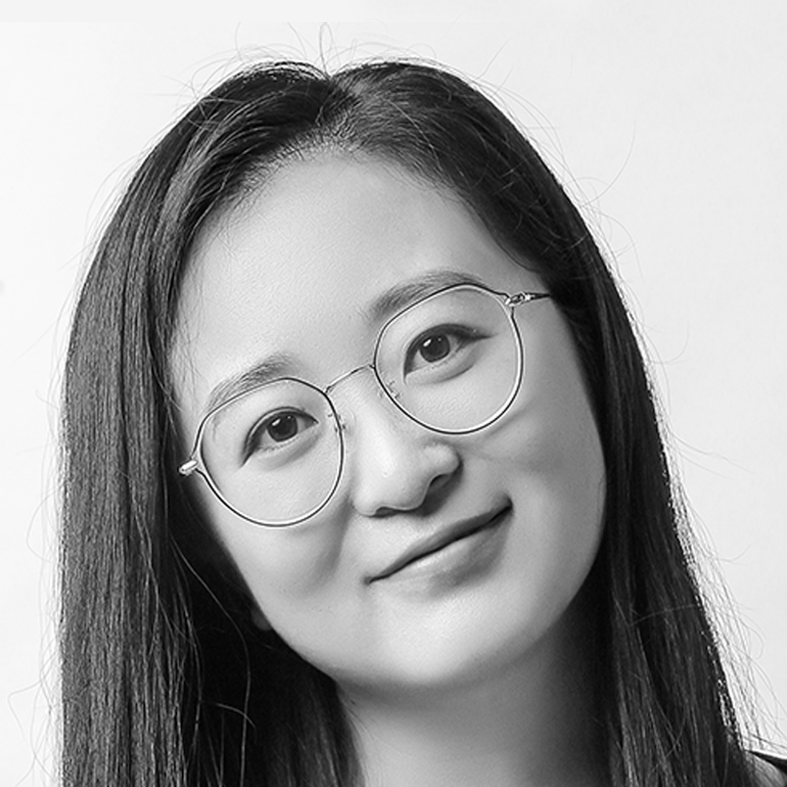Session 7A – Virtual Reality
Wednesday 31 March, 16:00 – 17:30 // Session Chair: Tane Moleta
400 – The Fourth Virtual Dimension: Stimulating the Human Senses to Create Virtual Atmospheric Qualities
Wednesday 31 March, 16:00, Session 7A
Liam Sheehan, Victoria University of Wellington
Marc Aurel Schnabel, Victoria University of Wellington
Tane Moleta, Victoria University of Wellington
Andre Brown, Victoria University of Wellington
In a move away from the ubiquitous ocular-centric Virtual Environment, our paper introduces a novel approach to creating other atmospheric qualities within VR scenarios that can address the known shortcoming of the feeling of disembodiment. In particular, we focus on stimulating the human body’s sensory ability to detect temperature changes: thermoception. Currently, users’ perceptions of a 3D virtual environment are often limited by the general focus, in VR development for design, on the two senses of vision and spatialised audio. The processes that we have undertaken include developing individual sensory engagement techniques, refinement of sensory stimuli and the generation of virtual atmospheric qualities. We respond to Pallasmaa’s (2005) theoretical stance on the evolution of the human senses, and the western bias of vision in virtual engine development. Consequently, the paper investigates the role our senses, outside of the core ’five senses’, have in creating a ’fourth virtual dimension’. The thermoception dimension is explored through our research; in which a user can begin to understand and engage with the space and the directionality that exists within a virtual scenario, as a bodily response to the stimulation of the body’s thermoception sense.

Liam Sheehan is a Master’s of Architecture Student, currently finalising his thesis at Victoria University of Wellington, New Zealand. Focusing on spatial experience and understanding how the experience of space can be perceived within the virtual realm; he specialises in VR systems, atmospheric design and experiences of presence. Throughout his research he has been a member of the NZIA and focuses on applying his spatial understanding to the fields of architecture upon completion. He has undertaken his thesis as apart of the ‘Digital Architecture Research Allliance’. – www.sheehan.net.nz –

Professor Marc Aurel Schnabel is the Dean of the Faculty of Architecture and Design Innovation, Victoria University of Wellington, New Zealand. Trained as an Architect, he is leading research in architectural computation. He has taught and worked in Germany, Australia, and Hong Kong for thirty years. He is recognised for his research in computational design, augmented- and virtual reality, digital heritage, parametric design learning and intelligent cities. He has been the President of both ANZAScA and CAADRIA, and established the ‘Digital Architecture Research Alliance’ and the social network ‘Urban Digitalics’ connecting professionals and researchers in innovative digital spatial design.
Tane Moleta is based at Wellington School of Architecture, where he is the Senior Lecturer in Interdisciplinary Digital Design. His work has been exhibited in shows such as ‘Built Fabric’ (Toi Poneke 2010), ‘Digital Fields’ (Common Ground, 2015) and ‘Digital Biophilia’ (Letting Space, 2015). He has produced curatorial works such as ‘Immersive Realities’ (The National Museum of New Zealand, 2017), ‘Immersive Legacies’ (Museum of Wellington, 2019), ‘In the forest with the trees we made’ (Design in the Anthropocene, 2020, Bangkok, TL) and ‘An Architecture of the Sea’ (Ars Electronica 2020, Linz, AT).

Andre is the Head of School and Professor of Interdisciplinary Design at the Wellington School of Architecture, University of Wellington, New Zealand. Editor in Chief of the International Journal of Architectural Computing, Sage Publishers. Andre’s research and teaching is in the field of architectural technologies and their inter-disciplinary application. More specifically this takes in areas that include digital architecture, urban & heritage issues, sustainable technologies and technological innovation.
006 – VRDR: An Attempt to Evaluate BIM-Based Design Studio Outcome through Virtual Reality
Wednesday 31 March, 16:15, Session 7A
Fauzan Alfi Agirachman, Department of Architecture, Shibaura Institute of Technology, JAPAN & School of Architecture, Planning and Policy Development, Institut Teknologi Bandung, INDONESIA
Michihiko Shinozaki, Department of Architecture, Shibaura Institute of Technology, JAPAN
During the COVID-19 pandemic situation, educational institutions were forced to conduct all academic activities in distance learning formats, including the architecture program. This act barred interaction between students and supervisors only through their computer’s screen. Therefore, in this study, we explored an opportunity to utilize virtual reality (VR) technology to help students understand and evaluate design outcomes from an architectural design studio course in a virtual environment setting. The design evaluation process is focused on building affordance and user accessibility aspect based on the design objectives that students must achieve. As a result, we developed a game-engine based VR system called VRDR for evaluating design studio outcomes modeled as Building Information Modeling (BIM) models.

Fauzan Alfi Agirachman received the S.T. and M.T. in architecture from Institut Teknologi Bandung, Indonesia. He is a Ph.D. candidate from Graduate School of Engineering and Science, Shibaura Institute of Technology, and a Faculty Member at the School of Architecture, Planning and Policy Development, Institut Teknologi Bandung. His research interests are computational architecture, building information modeling, and virtual reality in architecture.

Michihiko Shinozaki received the B.E., M.E., and Ph.D. degrees in urban planning from the University of Tokyo. He is a Professor at School of Architecture Shibaura Institute of Technology in Tokyo. He has been involved in education and research for many years on design science in architecture and urban design. His current researches include computational design, virtual reality, deep learning, environmental simulation, and big data analytics, and their applications in architecture and urban studies and in Asian cities.
172 – Populating Virtual Worlds: Architecture, Photography, Sonic Art, Creative Writing Collide at “in the Forest with the Trees We Made”
Wednesday 31 March, 16:30, Session 7A
Tane Moleta, Victoria University of Wellington
Mizuho Nishioka, Victoria University of Wellington
This paper provides an original empirical study examining the engagement of artists, curators and virtual tools. The case focusses on a collaborative project called “In the Forest with the Trees we Made”. Since the publishing of the project, many compelling findings have been made in reference to both CAAD design and contemporary curatorial and creative practices. They have been made possible, by allowing multi-participants, institutions and disciplines to project their specific creative acts into a single sharable portal. The paper describes the activities of the participants. It then offers a discussion of how these interactions are seated in the new digital realm. The skills of spatialisation, movement through space, generation of geometry and orientation are made accessible through this new digital tool. To conclude, a reflection on the changes in space perception and how ‘space’ becomes the ‘matter’ being exhibited is offered.
Tane Moleta is a Senior Lecturer in Interdisciplinary Digital Design Technologies and Faculty Curator at Victoria University of Wellington, New Zealand.
396 – Cycling Virtual Tour: A Remote Online Travel System Based on Interactive Technologies and Its User Experience Evaluation
Wednesday 31 March, 16:45, Session 7A
Jie LIU, Tsinghua University
Yuechen WANG, Tsinghua University
Ning ZHU, Tsinghua University
Virtual reality has been widely adopted into various fields of human life. It is entering the world of tourism to remote places. This paper proposes a brand-new interaction design system for remote online virtual tourism based on bicycle riding behavior and projection mapping technologies. Through the user experience evaluation experiments of this system, the research found that this interactive system can effectively improve the realism and sense of the presence of the virtual environment. It can also enhance the delectation and satisfaction of the virtual tour. At the same time, this system can reduce the simulator syndrome which plays as a common problem in the traditional virtual tour experience.

Dr. LIU Jie is now a postdoctoral fellow at the Future Laboratory of Tsinghua University, and her research focus on the Human-Architecture Interaction Design of Intelligent Building, and the computational design of architectural form and space. She achieved Ph.D. in 2019 from Architecture School of Tsinghua University, China, and graduated with the honor of an outstanding doctoral dissertation. She was a Visiting Student in Computational Group, MIT in 2017. In the past five years, she has published eighteen papers in architecture journals and international conferences, and she is the recipient of the Young CAADRIA Award in 2019.

WANG Yuechen, Research Assistant in School of Architecture, Tsinghua University. Research interests: renovation of existing residential buildings, computer-aided architectural design.

Dr. ZHU Ning, associate professor in School of Architecture, Tsinghua University, has long been committed to the research and development of design strategies and technical methods for the household Micro Renovation of apartment buildings. Based on the practice and technology improvement of renovation, the research redefined the boundary conditions suitable for renovation in China, broke through the technical limitation in the apartment building without SI structural system, and built the automatic design tool for design of technical space. 2 research projects are sponsored by National Science Foundation of China, 25 papers published, one of which was indexed in SCI.
143 – AR Digi-Component: AR-Assisted, Real-Time, Immersive Design and Robotic Fabrication Workflow for Parametric Architectural Structures
Wednesday 31 March, 17:00, Session 7A
Yang Song, the Department of Architecture, University of Liverpool
Richard Koeck, the Department of Architecture, University of Liverpool
Shan Luo, the Department of Computer Science, University of Liverpool
This research project, entitled AR Digi-Component, tries to digitalize the traditional architectural components and combines Augmented Reality (AR) technologies to explore new possibilities for architectural design and assembly. AR technology and Digitalize components will help to achieve a real-time immersive design and an AR-assisted robotic fabrication process through the augmented environments. As part of the AR Digi-Component project, we created an experimental design prototype in which designers’ gestures are being identified in AR real-time immersive design process, and a fabrication prototype in which traditional 2D drawings are being replaced by 3D on-site holographic guidance, followed by an assembly process in which robotic operations are being controlled by humans within an AR simulation to enhance the assembly efficiency and safety. In this paper, we are sharing the preliminary research results of such AR-assisted tests, for which we used a UR10 Robotic arm in combination with Microsoft HoloLens as well as in terms of software Rhino, HAL Robotics, FURobot, PX Simulate, and Fologram plugin in Grasshopper, to demonstrate new kind of applications and workflow of AR technology for real-time, immersive design and robotic fabrication.

Yang Song is a practice-based architectural Ph.D. student in CAVA, the Department of Architecture, University of Liverpool. He is a multidisciplinary designer who has been working for several years across projects that converge architecture design, Augmented Reality (AR), digital fabrication, robotic fabrication, and immersive design. He has an M-Arch Degree in Architectural Design from the Bartlett School of Architecture, University College London (UCL). About the research topic, he is interested in combining Architecture design with digital technology methods. His project paper “Bloomshell” was published in eCAADe 2020 and won the Ivan Petrovic Prize that year.